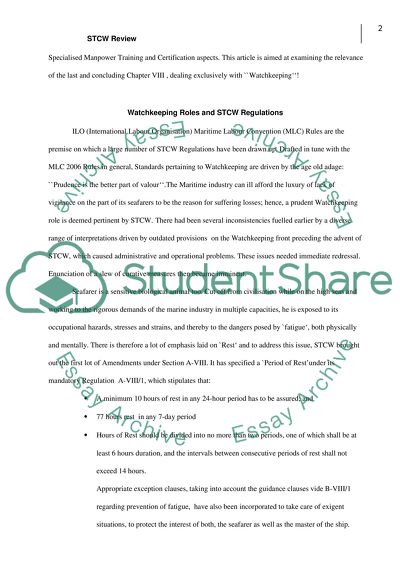Cite this document
(“The relevance of Chapter VIII(watchkeeping)of the code Standard of Essay”, n.d.)
Retrieved from https://studentshare.org/environmental-studies/1418997-the-relevance-of-chapter-viiiwatchkeepingof-the
Retrieved from https://studentshare.org/environmental-studies/1418997-the-relevance-of-chapter-viiiwatchkeepingof-the
(The Relevance of Chapter VIII(watchkeeping)of the Code Standard of Essay)
https://studentshare.org/environmental-studies/1418997-the-relevance-of-chapter-viiiwatchkeepingof-the.
https://studentshare.org/environmental-studies/1418997-the-relevance-of-chapter-viiiwatchkeepingof-the.
“The Relevance of Chapter VIII(watchkeeping)of the Code Standard of Essay”, n.d. https://studentshare.org/environmental-studies/1418997-the-relevance-of-chapter-viiiwatchkeepingof-the.


